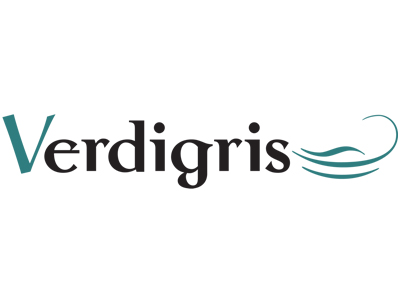The packaging industry is ripe for disruption, especially when it comes to inks. The sector’s in the sights of digital press manufacturers, print service providers and print buyers. And consumers want to feel better about using packaging that cannot easily be recycled. They don’t want to be responsible for generating waste, but if they do so, they want to believe that it won’t hurt the environment. Ink science is moving forwards to help balance and resolve the industry’s various concerns, but it isn’t moving particularly fast.
Improving packaging’s recyclability is not an easy problem to solve. Packaging printers serve diverse markets and ink science must meet many challenges, in addition to fulfilling printing speed and drying performance requirements. In the food packaging sector for instance inks must be free of toxins and not affect the flavour of the food. The flavour of chocolate is apparently very vulnerable to ink ingredients, hence the complexity of its packaging. Packaging substrates and inks must be fit for purpose and meet performance expectations. Like the substrates, the inks must not compromise the portability of the package or its printed communications. The inks mustn’t flake or rub off, nor can they be vulnerable to temperature extremes. In some customer applications, it must be possible to freeze and heat the package and its contents. There are also the matters of antimicrobial properties, an ink’s resistance to the effects of ingredients such as grease and acids and to the elements, indoors and out.
For all of these reasons, solvent inks have been preferred for packaging production but printers are under pressure to shift away from such inks. These inks perform well but they contain a lot of Volatile Organic Compounds (VOC), compared to water based inks which are considered to be more environmentally benign.
Printers wanting to work with water based inks face a long wait. Water based inks rarely perform as well on press as solvent based ones. The press has to run more slowly when printing water based inks which are also temperamental on nonabsorbent materials such as films. By definition they contain lots of water so they do not dry easily or quickly compared to their solvent based counterparts. All of these limitations reduce production throughput.
Those printing companies responsible for producing the bulk of packaging print are under pressure, not least from competing print processes. This includes digital printing technologies, which are increasingly viable alternatives for various packaging applications. What happens next for this sector is up to the ink developers and the direction they take in research and development. Let’s hope the wait for more environmentally friendly options won’t be too long.
– Laurel Brunner
This article was produced by the Verdigris Project, an industry initiative intended to raise awareness of print’s positive environmental impact. This weekly commentary helps printing companies keep up to date with environmental standards, and how environmentally friendly business management can help improve their bottom lines. Verdigris is supported by the following companies: Agfa Graphics, EFI, Fespa, HP, Kodak, Kornit, Ricoh, Spindrift, Splash PR, Unity Publishing and Xeikon.





